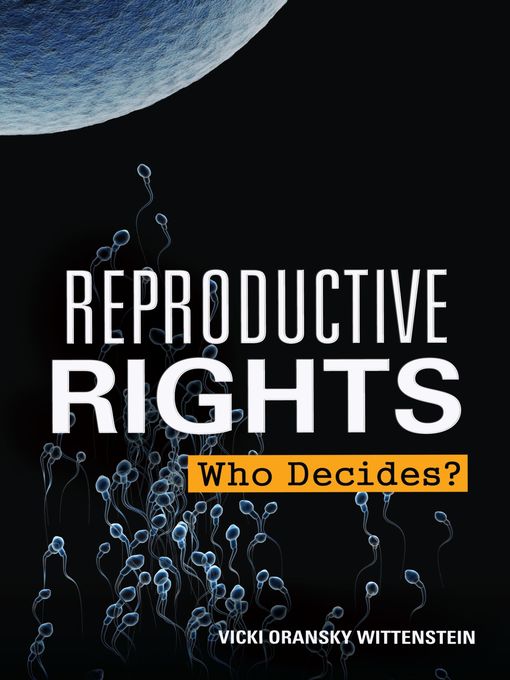- Listen! New Fiction
- Listen! New Non-Fiction
- Listen! New Fiction for Youth
- Most popular
- Available now
- Try something different
- See all
-
Description
-
Details
-
Reviews

Kindle Book
- Release date: January 1, 2016
OverDrive Read
- ISBN: 9781467792394
- Release date: January 1, 2016
PDF ebook
- ISBN: 9781467788045
- File size: 3942 KB
- Release date: January 1, 2016

Loading
Formats
Kindle Book
OverDrive Read
PDF ebook
Kindle restrictions
subjects
Languages
English
Levels
ATOS Level:9.3
Lexile® Measure:1270
Interest Level:9-12(UG)
Text Difficulty:8-11
